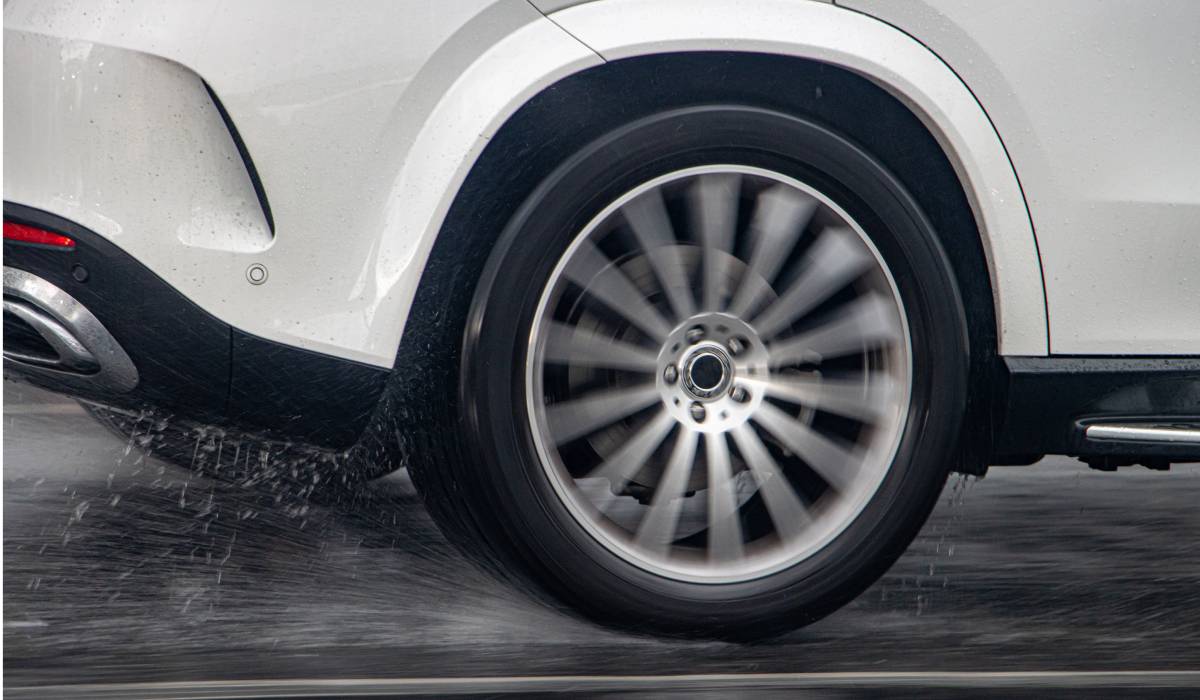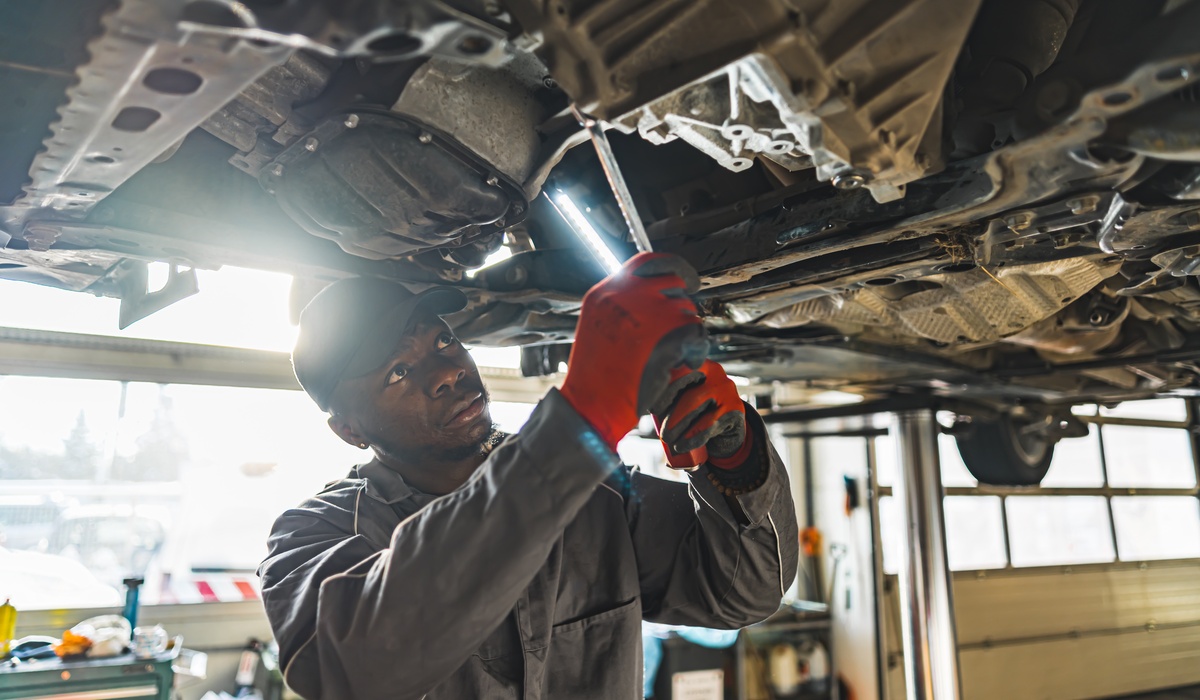It’s frustrating to notice premature tire wear, especially when you’ve invested in quality tires for your vehicle. Several factors can contribute to worn-out tires, from your driving habits and maintenance routine to underlying mechanical issues. If you find yourself wondering why your car’s tires are already so worn out, explore some common causes and gain beneficial insights that will help you ensure your vehicle’s tires last longer.
One major contributor to uneven or premature tire wear could be your car’s suspension system. The suspension system’s health directly affects tire performance and longevity. Components like shocks and struts, along with proper alignment, help distribute weight and absorb road impact evenly across the tires. When parts of your car’s suspension are damaged or misaligned, certain tires may bear more stress than others, leading to uneven wear patterns. For example, an issue with wheel alignment can cause the edges of the tires to either wear out faster or face excess wear in the center. Routine suspension inspections can prevent many tire wear problems.
Your driving style can also significantly affect how quickly your vehicle’s tires wear out. Aggressive driving, such as hard braking, rapid acceleration, and speeding, generates excessive friction and heat that rapidly deteriorates the tires. Habitual cornering at high speeds also increases lateral forces on tires, causing undue sidewall stress. Maintaining smooth, controlled driving habits can extend not only the tires’ lifespan but also the overall health of your vehicle.
Even if you drive carefully, neglecting tire maintenance can lead to premature wear. Low tire pressure is one of the most common mistakes that results in uneven wear patterns, particularly around the tires’ edges. Over-inflation, on the other hand, causes excessive wear in the center. Rotating your tires regularly ensures even distribution of wear, especially on front-wheel-drive vehicles where front tires tend to wear out faster. Additionally, not all tires are created equal; choosing lower-quality options to save money initially can lead to more frequent replacements, as these cheaper tires may not have the durability of premium options.
Poor road conditions, including potholes, gravel, and debris, can accelerate the wear and tear on your vehicle’s tires. While these conditions are often unavoidable, addressing suspension and alignment issues caused by poor road surfaces can lessen their impact on the tires. Regularly inspecting your tires for damage after driving in challenging conditions can also help you catch problems early.
If you’re still wondering why your car’s tires are already so worn out, know that regular maintenance and mechanical checkups are key. Schedule routine tire rotations, monitor tire pressure, and make sure the suspension system is in excellent condition. Addressing these factors can save you money on tire replacements and keep your car running smoothly.









